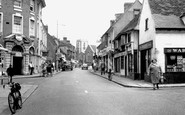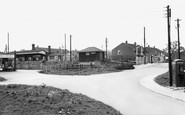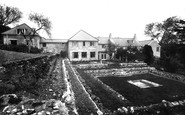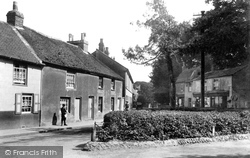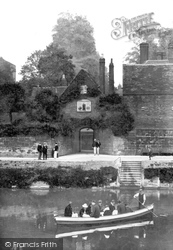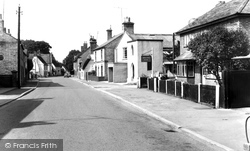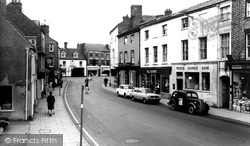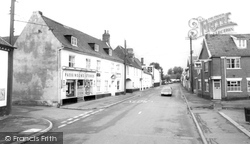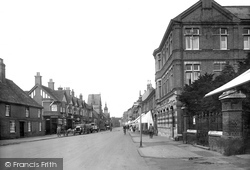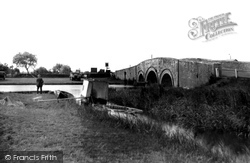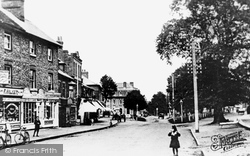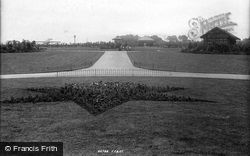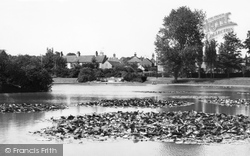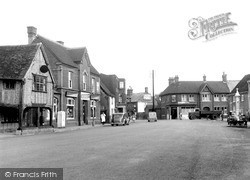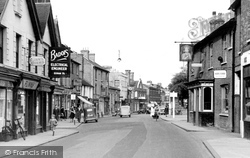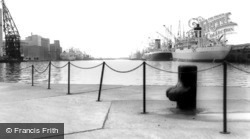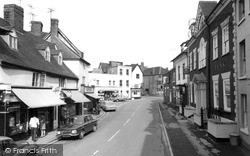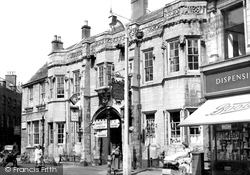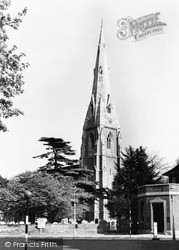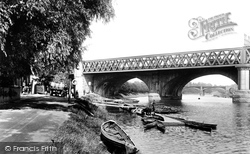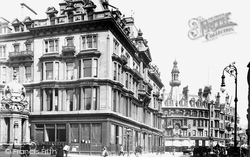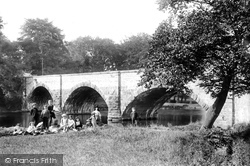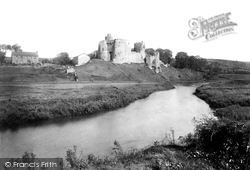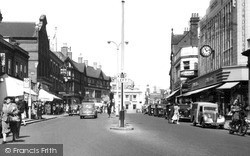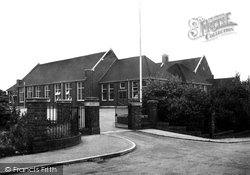Places
3 places found.
Those places high-lighted have photos. All locations may have maps, books and memories.
Photos
63 photos found. Showing results 1,281 to 63.
Maps
12 maps found.
Books
1 books found. Showing results 1,537 to 1.
Memories
7,564 memories found. Showing results 641 to 650.
Thos Were The Days
I have read all the letters and they have bought back so many memories. My sister and I were born in Hillingdon and from 1961 we used to go to Burtons dance hall on Tues, Friday and Saturday nights. We would also go to The Blue ...Read more
A memory of Uxbridge in 1961 by
Flying Scotsman Through Bramley Station
I think it was 1963. The Flying Scotsman steam train came through Bramley station. I was only small, and we all gathered to watch it come through at a fantastic speed! I remember the station master, ...Read more
A memory of Bramley in 1963
Pappa India
Yes, I remember the time the Trident crashed near the "Crooked Billet" pub. I was driving a 116 bus and was on the bus stand in Staines. The journey to Staines from Hounslow was uneventful. I had about 20 minutes before I ...Read more
A memory of Heathrow Airport London in 1972 by
Life As A Kid
I used to go to Usworth Park to play football or go bird nesting down the planton at Waterloo. I also used to go round collecting bottles to take back to shop and get the money for the pictures. We had 3 picture houses in Washington, ...Read more
A memory of Washington by
Mixed Memories
My family lived in and around South Ockendon for many years. I was born in 1965 in Romford. I went to Shaw County Primary School from aged 4, then to Lennards for years 1 and 2 finally at Culverhouse until I left school in the ...Read more
A memory of South Ockendon by
Ancestral Home
With my newly obtained lawyer´s degree and after joining a British bank based in Buenos Aires, Argentina, I was sent to London, to follow an international training course of one year, along with my wife Rosemarie and our one year ...Read more
A memory of Car Colston in 1972 by
Boarding School, Harcombe House.
In 1956 I went to Harcombe House as a boarder. Mrs Jowett was in charge of us - 52 girls. Crocket did the gardens and lived in a cottage on the lane, as did cook. Matron and the housemistress, Miss Haytor, lived in. The ...Read more
A memory of Uplyme in 1956 by
Gladstone Park
Our family moved from Churchill Road, Willesden to the country right out to Dudden Hill, in Normanby Road. The entrance to the park was just down the end of the road near the old iron bridge. There was a rather short tree ...Read more
A memory of Hendon in 1961 by
Happy Days In Latimer
It was only two years or so, from 1959-61, aged 6-8, but it still seems as if the happiest period of my childhood in Latimer was one long, endless, glorious summer. My dad was in the army, in the King's Own Scottish Borderers, ...Read more
A memory of Latimer in 1959 by
School
I went to Crulivig Public School, started there in 1950, had to walk 1 mile there and back during all seasons, there was no tarred road then. We were all happy there - I hope - taught by the late Cathie Nicholson from Lochs. Pity that those ...Read more
A memory of Crulivig in 1950 by
Captions
2,471 captions found. Showing results 1,537 to 1,560.
Some of the flavour of the old village remains in this view today, which looks eastwards along Broadwater Street East.
The ferry originated for the use of monks from the priory, to cross to their farmland on the west bank.
In the last forty or so years, very little has changed in the High Street, although the recently built premises of the Midland Bank (right) has now become a private house.
The thatched 17th-century King's Head pub still stands on the left, and the re-fronted Red Lion Hotel is still in the centre of the Bull Ring.
In the past there was a bustling livestock market and three annual fairs; the town was then known as Market Harling. It was already famous for the manufacture of linen and cloth.
The Westminster Bank (right) has taken over from Ellwoods, and the trees have begun to grow in the front yard to the Congregational Church.
One of the most frequently-painted sites on the Broads was the old Acle Bridge with its three arches, which we see here. The bridge has frequently been rebuilt - repairs were first recorded in 1101.
The little girl dragging her feet on the unmade roadway in front of the camera would be taking her life in her hands were she to attempt such a casual progress today, when modern traffic thunders up this
The Chequers Hotel (left) is still in business, but the Freeman, Hardy & Willis shoe shop next door has gone - the building is now used by Eastern Delight.
The design for this park cleverly concealed a mineral railway line, which crossed the park from Bank Hall Colliery (owned by the Thursbys) to join the mineral tramway, which served Rowley Colliery.
This pond with its island is a most attractive feature in the outer part of the town. While it is somewhat municipalised nowadays, it is very ancient.
Once an important market town, Shefford was blighted this century by through traffic; its central T-junction was a bottleneck until the town was recently by-passed.
This first chapter is a tour from west to east in the parts of Surrey most affected by London. We start in Egham, a town on higher ground south of the River Thames.
The biggest docks were the Royal group east of Canning Town on the north bank of the Thames. The Royal Victoria Dock opened in 1855, enclosing 94 acres of water.
With such an assortment of architectural styles in the town centre, there is always a building or detail to please the eye. This photograph looks towards Church Street.
The mill, on the south bank of the Great Ouse, later became a hosiery factory, and has now been converted into a prestige housing complex.
The hotel façade has not changed, but Boots have moved further along the High Street and the Halifax Bank has replaced Boots.
This view of the parish church is from the north-west.
Here we see the river bank of the Ribble just west of the main railway bridge at the end of South Meadows.
as a tiny seedling which a boy brought back from a jaunt into the countryside.
The River Ribble in summer is the most pleasant of rivers, and to picnic and paddle by its banks has been a delight for many centuries.
Standing on rising ground on the west bank of the River Gwendraeth, Kidwelly and its fortified town were founded by Roger, Bishop of Salisbury during the reign of Henry I.
Daniel Defoe wrote: 'Watford - the town is very long having but one street'. A few roads had been added during the following three hundred years, but the main High Street is still very long and busy.
North Street joins High Street by Lloyds Bank, and it is down here on the left that we find the last Daventry Grammar School building.
Places (3)
Photos (63)
Memories (7564)
Books (1)
Maps (12)



